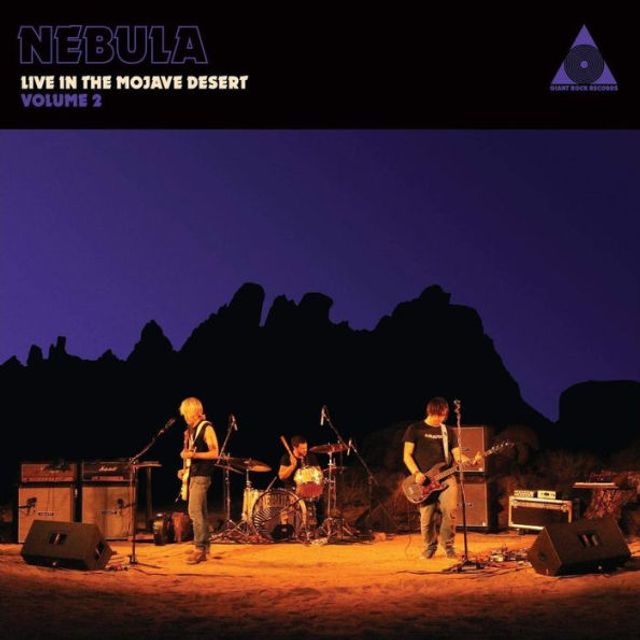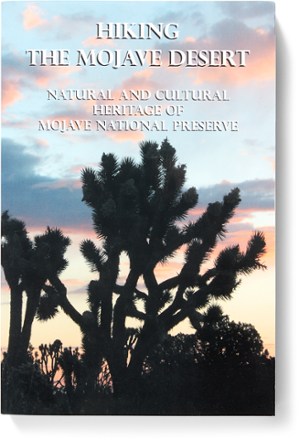Home
Urbanizing the Mojave Desert: Las Vegas
Barnes and Noble
Urbanizing the Mojave Desert: Las Vegas
Current price: $35.00


Barnes and Noble
Urbanizing the Mojave Desert: Las Vegas
Current price: $35.00
Size: OS
Loading Inventory...
*Product information may vary - to confirm product availability, pricing, shipping and return information please contact Barnes and Noble
Bilingual edition (English/German) / Zweisprachige Ausgabe (deutsch/englisch)
Flashing facades, high-end-casinos and neon lights—isn´t that how one knows the gambling metropolis of Las Vegas? But what picture does the city have to offer beyond the pulsing pleasure boulevard The Strip?
Urbanizing the Mojave Desert: Las Vegas
shows us the unknown, desolate side of Las Vegas and its environs. There, where the suburbs in the desert encroach on nature and change it, the book reveals the surprising connenctions between the abstract architectonic sculptures which mark the image of Las Vegas, and the spacious abstractions of nature in the Mojave Desert.
In
Learning from Las Vegas
Robert Venturi and Denise Scott-Brown focused on the glamour of the Las Vegas Strip, analyzing the city for its postmodernist qualities while ignoring the Mojave desert immediately beyond. Exploring the city at the same time as Venturi and Scott-Brown, the renowned architectural historian and critic Reyner Banham focused his attention on what he saw as the strikingly modernist spaces of the Mojave desert and disregarded the postmodernist lure of the Strip.
presents neither a modernist nor a postmodernist view of the city and its environment. The text and images do not project ideals of urban development, nor do they solve social and environmental problems. Rather, they present a hybrid landscape shaped and reshaped by practices of everyday urbanization for a city now characterized as the “first” city of the 21st century. They offer a “third site”, exposing the complex but often interstitial spaces of everyday production and consumption tied to physical and virtual place making as well as contemporary local and global investment. This perspective reframes the seamless surfaces of draped neon lights, curtain walls, and landscape features layered onto the Mojaveʼs stark topography, uncovering distinct strata that respatialize the social, cultural, and environmental implications of urbanizing a fierce yet fragile desert.
Flashing facades, high-end-casinos and neon lights—isn´t that how one knows the gambling metropolis of Las Vegas? But what picture does the city have to offer beyond the pulsing pleasure boulevard The Strip?
Urbanizing the Mojave Desert: Las Vegas
shows us the unknown, desolate side of Las Vegas and its environs. There, where the suburbs in the desert encroach on nature and change it, the book reveals the surprising connenctions between the abstract architectonic sculptures which mark the image of Las Vegas, and the spacious abstractions of nature in the Mojave Desert.
In
Learning from Las Vegas
Robert Venturi and Denise Scott-Brown focused on the glamour of the Las Vegas Strip, analyzing the city for its postmodernist qualities while ignoring the Mojave desert immediately beyond. Exploring the city at the same time as Venturi and Scott-Brown, the renowned architectural historian and critic Reyner Banham focused his attention on what he saw as the strikingly modernist spaces of the Mojave desert and disregarded the postmodernist lure of the Strip.
presents neither a modernist nor a postmodernist view of the city and its environment. The text and images do not project ideals of urban development, nor do they solve social and environmental problems. Rather, they present a hybrid landscape shaped and reshaped by practices of everyday urbanization for a city now characterized as the “first” city of the 21st century. They offer a “third site”, exposing the complex but often interstitial spaces of everyday production and consumption tied to physical and virtual place making as well as contemporary local and global investment. This perspective reframes the seamless surfaces of draped neon lights, curtain walls, and landscape features layered onto the Mojaveʼs stark topography, uncovering distinct strata that respatialize the social, cultural, and environmental implications of urbanizing a fierce yet fragile desert.


















